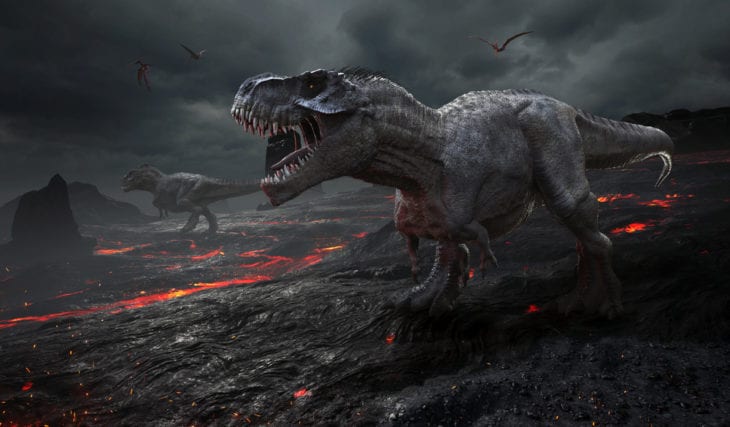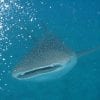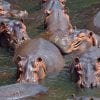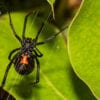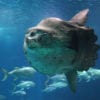Almost thousands of dinosaurs named by paleontologists to date, however, among the rest, a handful only standout… not for us, not for size but for weirdness.
Below are the 10 most bizarre dinosaurs:
1. Most Bizarre Dinosaurs – Amargasaurus
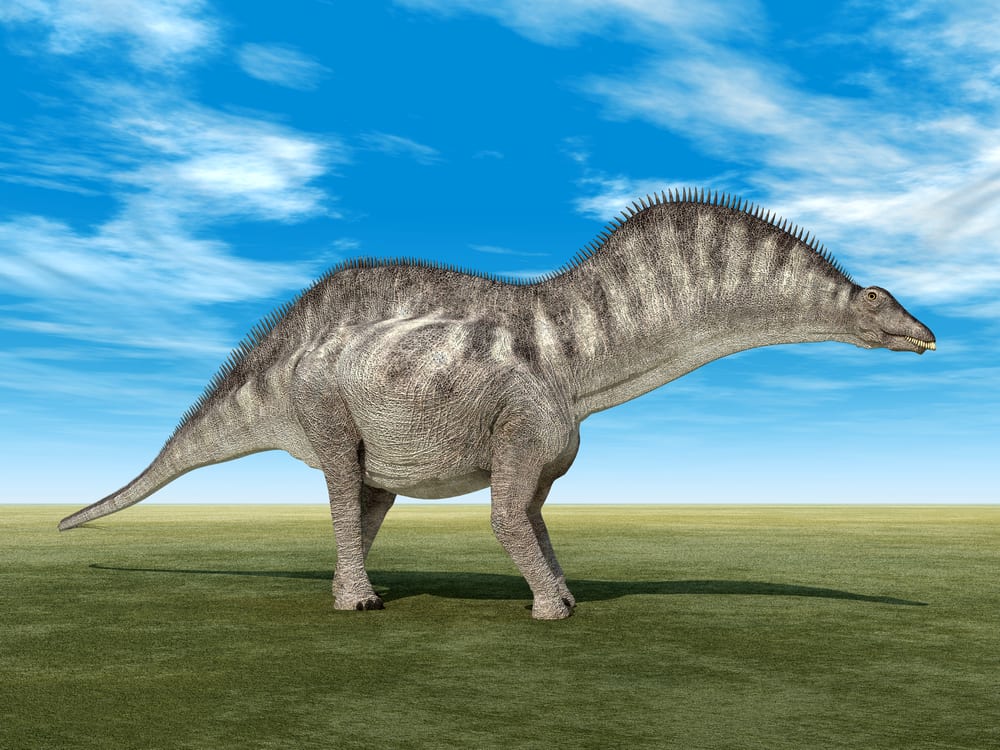
Amargasaurus, an early Cretaceous dinosaur, measures 30ft long from its head to tail and only weighed 2 to 3 tons.
It has spiky pines that line around the Amargasaurus neck, and it’s the reason it’s being set apart. The female Amargasaurus is attracted more during the season of mating to males with a greater prominent spine.
Possibly, the fatty flesh or skin’s thin flap supports the Amargasaurus spines. It’s the same with the carnivorous Spinosaurus’ back sail.
2. Most Bizarre Dinosaurs – Kosmoceratops
The meaning of ”Kosmo”, Kosmoceratops’ greek root, is not ”cosmic” but it’s ”ornate”. However, if you described a dinosaur that sported a frills’ psychedelic array, horns, and flaps then it’ll be fine.
Kosmoceratops had lived on Laramidia and North America, the late Cretaceous isolated island, and evolving freely in the said location in a cosmic direction.
3. Most Bizarre Dinosaurs – Nothronychus
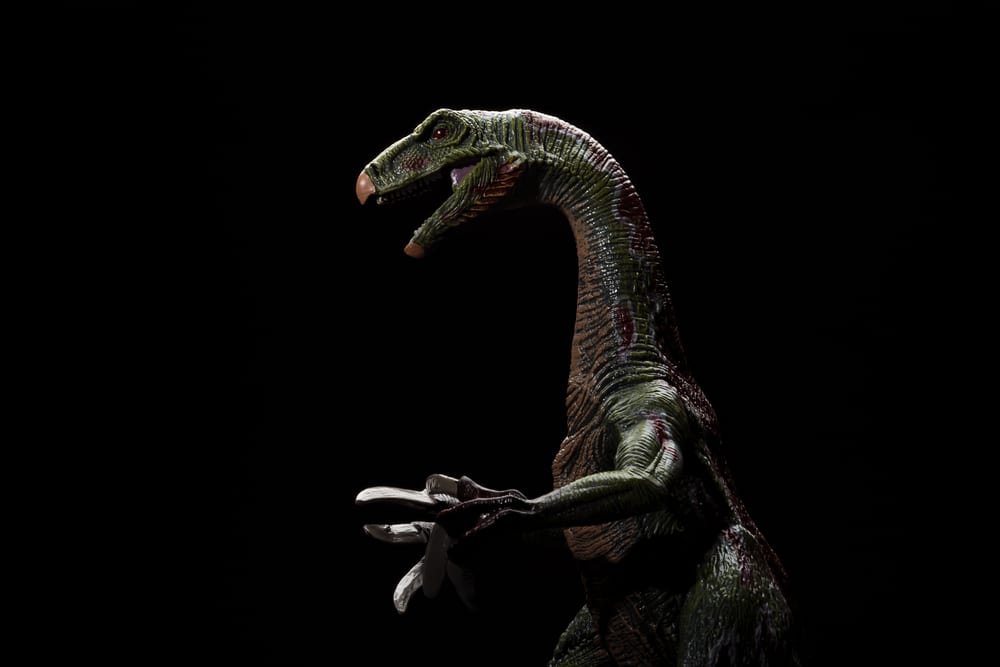
You might have already heard of a pot-bellied, bizarre, and long-clawed dinosaur, the Therizinosaurs of Central Asia.
Featuring Nothoronychus, the Therizinosaurus’ cousin, is what we have on the list. It’s the first dinosaur that has been found in North America right after the conclusion of therizinosaurs that they’re an Asian phenomenon.
Like its cousin, Nothronychus have appeared to have a completely herbivorous diet – a strange evolutionary choice for the theropod (like the family which includes raptors and tyrannosaurus).
4. Most Bizarre Dinosaurs – Stygimoloch
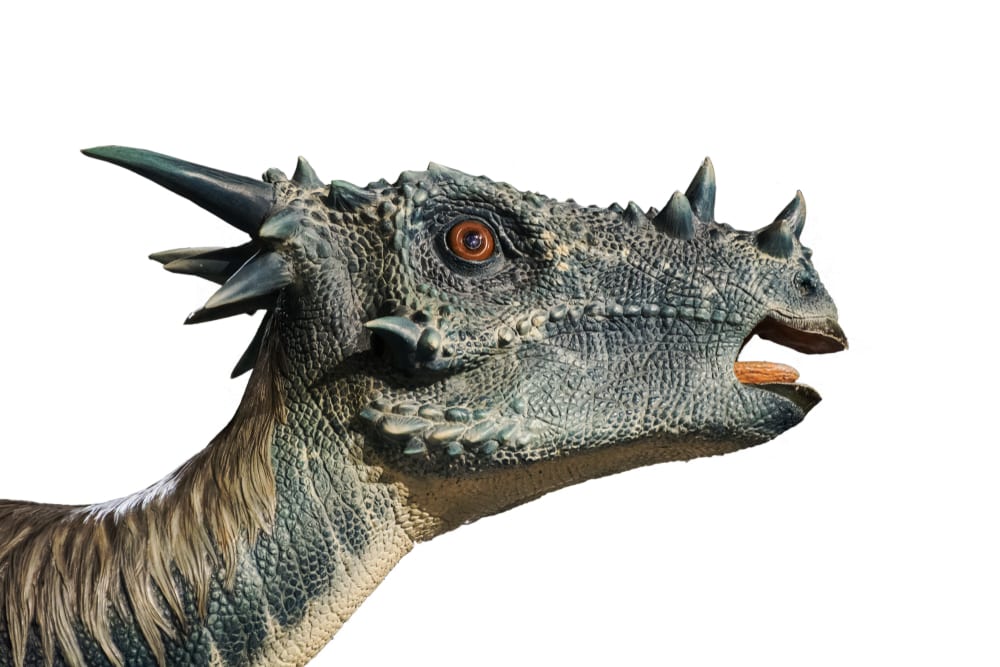
The name of Stygimoloch itself is translated roughly from the Greek word ”horned demon from the demon hell”.
This Stygimoloch possessed the boniest, biggest noggin of any pachycephalosaur, a thick-healed lizard. Assumingly, the male Stygimoloch head-butt each other and on some occasions, they rendered one another unconscious for them to mate with the lady Stygimoloch.
5. Most Bizarre Dinosaurs – Kulindradromeus
Kulindradromeus is not a theropod but rather an ornithopod: a plant-eating, two-legged, small ornithischian that was assumed previously to have lizard-like, scaly skin.
6. Most Bizarre Dinosaurs – Concavenator
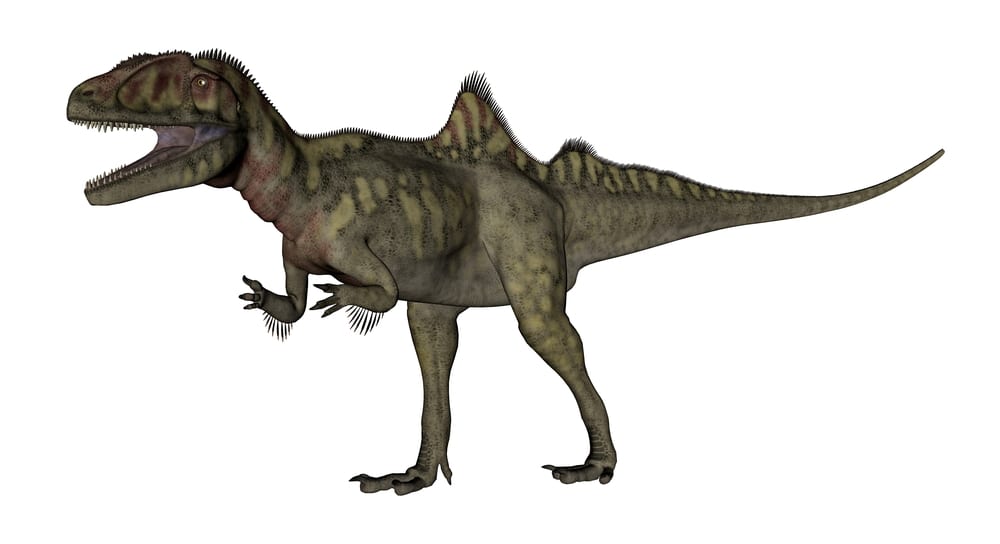
There are two reasons why the Concavenator is indeed a weird dinosaur. Firstly, this dinosaur has a weird triangular-shaped hump located on the center portion of the back. Maybe the hump supports its home and skin’s ornate snail, or strangely, just a triangular hump. Secondly, quill knobs were decorated in Concavenator’s forearm and might sprout the colorful feathers during their mating season; this early Cretaceous theropod was probably lizard-skinned like the Allosaurus.
7. Most Bizarre Dinosaurs – Oryctodromeus
Oryctodromeus is a 50lbs, 6ft long ornithopod that lived on the forest floor just like a large armadillo or a badger. Oryctodromeus is weird because it lacks specialized claws and might be using its long pointy snout to excavate its burrows.
8. Most Bizarre Dinosaurs – Qianzhousaurus
Indeed, the Quanzhousaurus was an extraordinary duck and was known as ”Pinocchio Rex”. They have a long, pointed snout like the one of a crocodile. Females get attracted more to males with larger snouts in their mating season.
9. Most Bizarre Dinosaurs – Rhinorex
Rhinorex, a duck-billed dinosaur of the old Cretaceous North America, was related closely to Grypsaurus. It has an equally disproportionate honk.
Rhinorex is also known for being a ”nose king”. The Rhinorex, a hadrosaur, appeared to have fleshly, protuberant, and huge schnozz. With their blares and loud blasts, it may be used to signal the herd’s other members and attract the members of their opposite sex.
10. Most Bizarre Dinosaurs – Yutyrannus
This tyrannosaur was recently discovered at the beginning of Cretaceous Asia. A two-ton bulk covered with feathers. Moreover, the possibility that the tyrannosaur is all covered by feathers in some part of their existence is raised during the existence of Yutyrannus.

